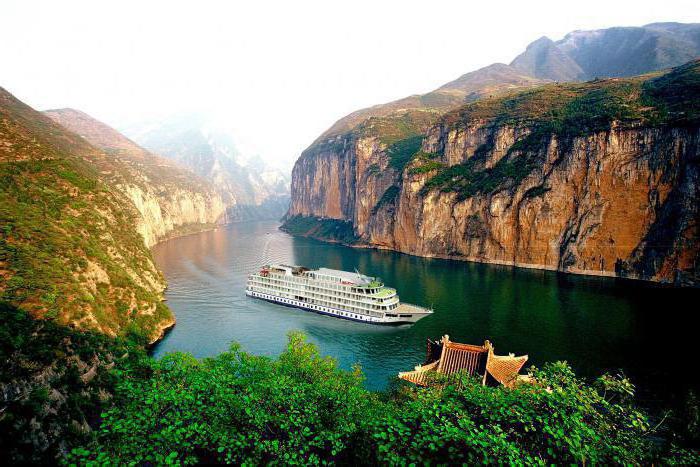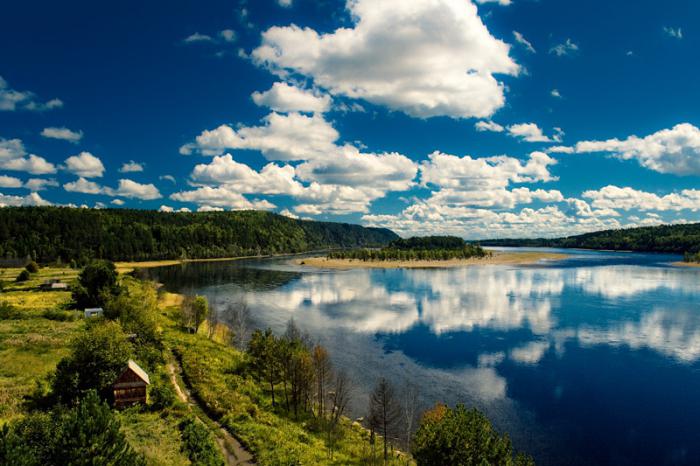The Amur River: under the threat of death
Most Russians are familiar with the Amur River onlyold song: "On the high banks of the Amur the sentinel homelands stand!" And even then mostly people of the older generation. Young people at best heard that somewhere there, far away, whether in Siberia, or if it is not clear where, there is such a river. Meanwhile, the Amur River is one of the largest waterways not only in Russia, but also in the world.

The sources of the Amur River are filled with water inmostly during monsoon rains. Meltwater in the balance of the Amur is only twenty-five percent of the runoff. Due to the peculiarities of the hydro balance, the Amur River has two highs - summer and autumn. During the summer, the river rises by three to four meters, and in the autumn it is much larger - to fifteen meters. At this time, the Amur River can be spread out to twenty kilometers!
Amur is a habitat for valuable commercialfish. Here, a large number of fish are found as salmonids - pink salmon, chum salmon, and sturgeon - kaluga and sea sturgeon. And the fish is not just a lot, but very much, as in any Far Eastern or northern river.

But in recent years there has been a problem thatcan significantly reduce the fish stock, and even cause considerable damage to a person. This is a violation of the ecological balance in the Amur basin. Environmental problems of the Amur River have already caused close attention to it by ecologists of the three countries located in its basin - Russia, China and Mongolia.
The problem was particularly acute in the ninetiesyears when in Russia, for understandable reasons, environmental control had almost nothing to control, and the rapidly developing China was not up to the problems of the northern river. But common sense, fortunately, still prevailed. If in the late nineties, even the meat of Amur fish because of the large content of harmful substances had a peculiar "pharmacy" smell, then in six to seven years the situation improved. And although the Chinese industry is still developing at a rapid pace, discharges to the river of harmful substances have ceased. Now environmentalists are more concerned about the activities of agricultural enterprises of our southern neighbor.

Chinese in the pursuit of yields applya large number of chemicals, including those that are banned from import and use in Russia. In spring and flood waters, fertilizers are washed off from fields in the Amur. But the river is common!
Despite some improvement in the situation, the riverCupid continues to be a headache for ecologists and residents of the Far Eastern region. Everyone remembers the case when in 2005, due to an accident at a Chinese chemical plant, a large amount of nitrobenzene and nitrobenzene was washed into the river. A giant poisonous stain moved down the river Sungari - one of the tributaries of the Amur. A few days later the spot reached Amur, and a month later Khabarovsk. In the summer of 2008, local residents found an oil slick on the Amur. The origin of it was never established.
</ p>







